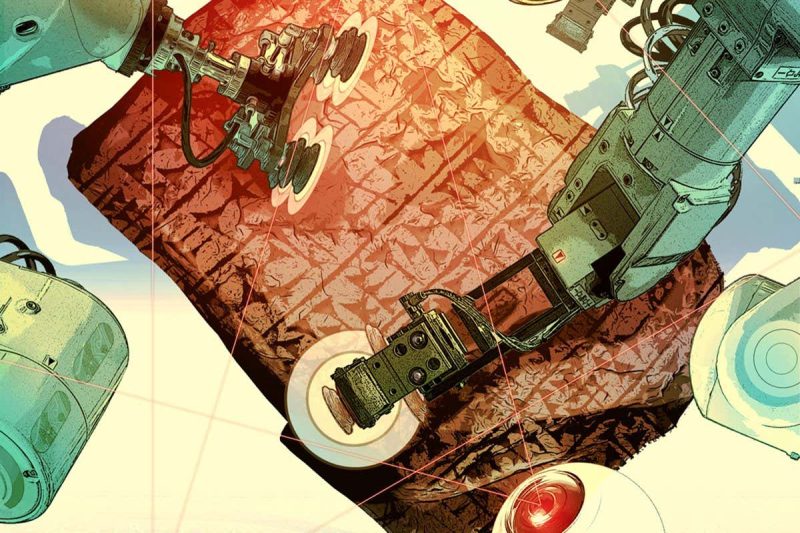In the depths of the British Museum, tucked away behind a locked door, lies a hidden library adorned with magnificent high, arched ceilings. Within this secret room, Irving Finkel, assistant keeper of ancient Mesopotamian script, languages, and cultures at the museum, opens a drawer to reveal a clay tablet. Despite being cracked and burnt, it bears the intricate characters of the oldest written language known to mankind. This particular tablet is a list of omens. As Finkel expertly translates the script, it becomes evident that behind another drawer lies a prayer to the god Marduk.
In the midst of the scene, a photographer captures images of the ancient writing with precision, employing carefully positioned lights to accentuate the indented etchings. This work is part of a revolutionary endeavor that maximizes the power of today’s computing capabilities to resurrect a 5000-year-old record and uncover hidden secrets of the world’s first civilization.
The Power of Artificial Intelligence
Although cuneiform was deciphered 165 years ago, the vast majority of texts utilizing this ancient script remain untranslatable into modern languages. This arduous task relies heavily on experts like Finkel. Fortunately, recent advancements in artificial intelligence have paved the way for computers to learn and interpret cuneiform, as well as reconstruct fragmented tablets and predict missing text. These AI tools offer unprecedented opportunities to read ancient literature in its entirety, unveiling insights into stories that later appeared in the Bible and shedding light on civilizations that thrived at the dawn of recorded history.
Reading the Signs
The decipherment of cuneiform text marks a significant milestone in human history. The ability to read and understand this ancient script has allowed scholars to uncover new knowledge about the world’s earliest civilizations. However, the translation process remains a challenging and intricate task that requires immense expertise.
A Revolutionary Partnership
The emergence of artificial intelligence has revolutionized the field of cuneiform translation. Using machine learning algorithms, computers can now analyze vast amounts of cuneiform texts, recognize patterns, and generate translations. This collaborative effort between human experts and AI technology is enabling the reconstruction of ancient libraries and providing a comprehensive understanding of the texts that were once beyond our grasp.
Unlocking Ancient Wisdom
The application of AI in deciphering cuneiform script has started to unveil the hidden wisdom and stories of ancient civilizations. By piecing together fragmented tablets, researchers can now access a wealth of knowledge that was previously lost to time. These invaluable insights not only deepen our understanding of the past but also offer a glimpse into the cultural and societal fabric of the world’s earliest civilizations. Through this unique combination of human expertise and AI capabilities, the secrets of the past are gradually being deciphered and shared with the modern world, bringing us closer to our ancient roots.








